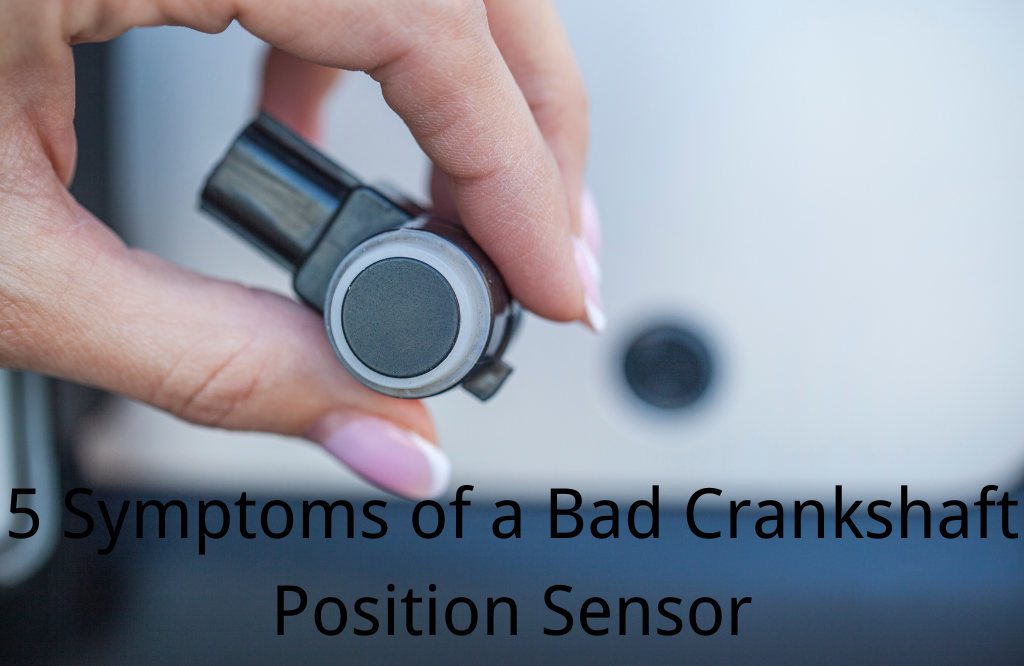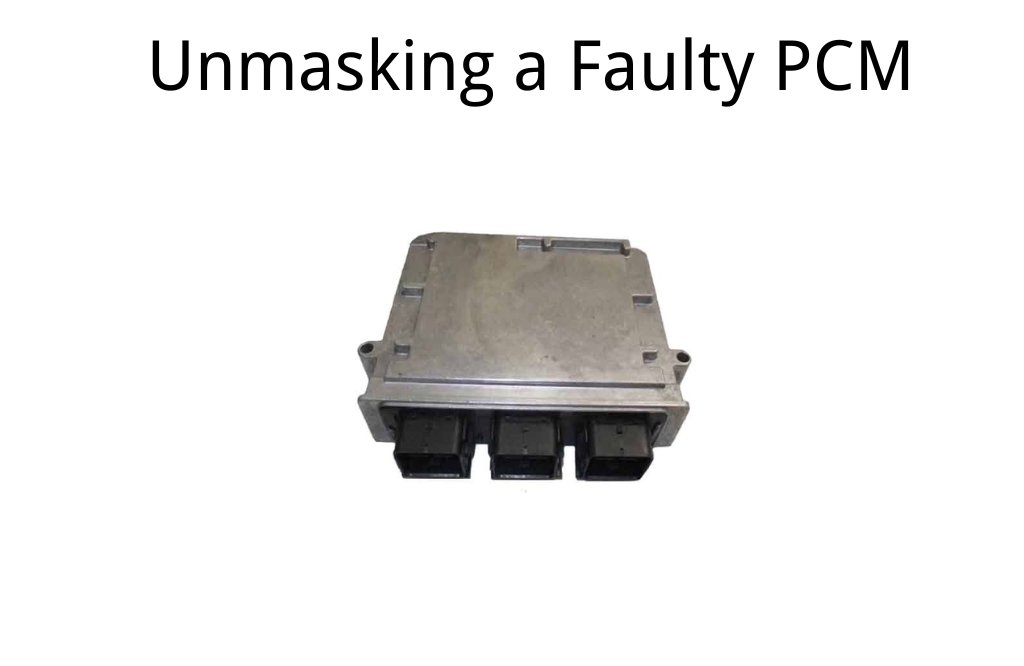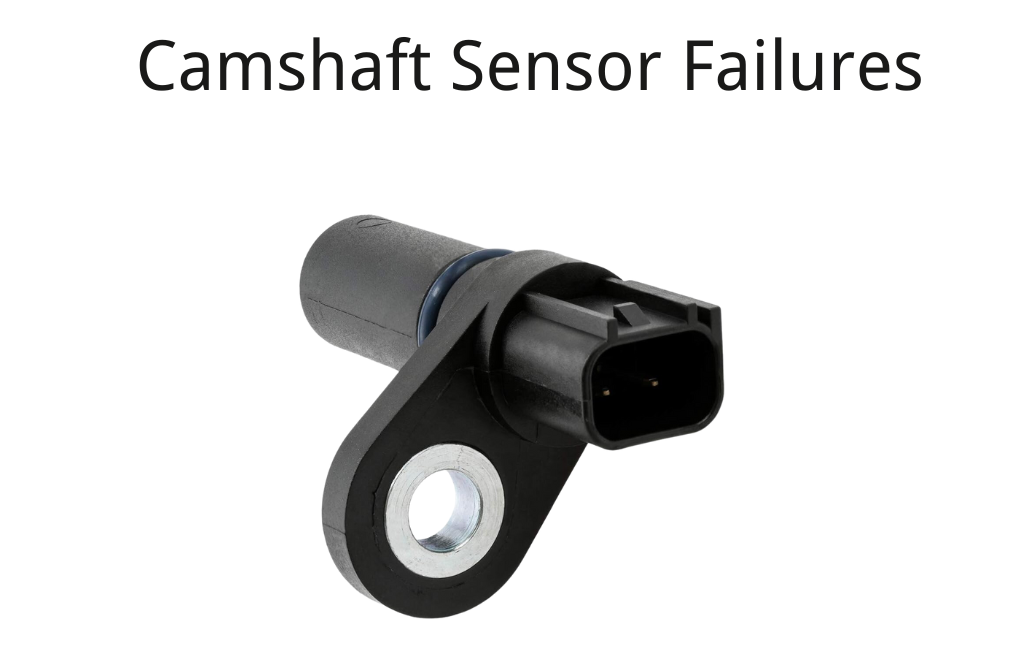Crankshaft position sensors (CPSs) are essential components in your vehicle's engine management system.
Assuring engine timing, ignition, and fuel injection happen at precisely the right times is another part of engine management.
Failing CPS components can lead to serious engine performance issues and should always be checked.
Recognizing the symptoms of a failing crankshaft position sensor early can save money in costly repairs down the line.
What Is a Crankshaft Position Sensor?
Before diving into symptoms, let's quickly explore what a crankshaft position sensor (CPS) actually does.
CPS monitors the position and speed of the crankshaft, relaying this data to ECM for analysis.
ECMs use this information to manage engine timing, fuel delivery and ignition - helping keep your engine operating at maximum performance.
Check Engine Light Comes On
Among the first and most noticeable symptoms of a malfunctioning crankshaft position sensor is when the Check Engine Light illuminates.
Sensor failure results in sending inaccurate or no data to the Engine Control Unit (ECU), activating the check engine light.
Though an illuminated check engine light could be caused by various issues, it's usually an indicator that your CPS may be at fault.
To confirm, an OBD2 scanner can help by checking diagnostic trouble codes (DTCs).
P0335 is one of the more frequent CPS codes; other codes may exist depending on your vehicle model.

Engine Won’t Start or Has Difficulty Starting
If your engine has difficulty starting or refuses to turn over altogether, or isn't starting at all, a malfunctioning crankshaft position sensor might be at fault.
This sensor supplies the ECU with vital information regarding crankshaft position, enabling it to better control ignition system operation.
IF an ECU does not receive accurate data, the engine may fail to start.
This issue becomes especially apparent during cold weather or extended vehicle off periods, when the CPS struggles to accurately read the crankshaft's position.
If your engine seems to turn over several times with no success, it may be wise to examine the CPS.

Engine Misfires or Rough Idle
A failing CPS may cause engine misfires and rough idling, requiring it to be reset manually in order to restart it properly.
Misfires occur when one or more cylinders of an engine do not fire correctly, leading to an engine that runs with an uneven or jerking motion and rough running conditions.
Problems occur because a misbehaving CPS transmits incorrect timing signals to the ECU, disrupting both ignition systems and fuel injectors.
Your car might also exhibit other symptoms, including jerking and hesitation when pressing the gas pedal, such as slow acceleration or even stuttering when you press on it.
If your vehicle lags or hesitates when trying to accelerate, a malfunctioning CPS could be to blame.
Increased Fuel Consumption
Have you noticed your gasoline bill has suddenly increased? This could be a telltale sign that something is amiss with the crankshaft position sensor on your engine.
The CPS controls the timing of fuel injection, so when it fails, your engine could consume excessively more fuel than necessary.
Fuel efficiency will decrease and your wallet may take a hit.
Consider that high fuel consumption often goes hand-in-hand with other issues like poor acceleration and engine hesitation, making the driving experience unpleasant.
Engine Vibrations or Rough Idle
If the crankshaft position sensor malfunctions, your engine could run erratically and produce vibrations or rough idle.
At low speeds or when stationary, this may lead to vibrations or rough idle.
These vibrations occur because the ECU is receiving incorrect data regarding engine timing, leading to inconsistence in performance for your engine and making it hard for it to run efficiently.
Your car may produce vibrations when sitting idle at a stoplight or driving at low speeds.
What Causes the Crankshaft Position Sensor to Fail?
There can be numerous reasons for CPS failure:
- Heat and Vibration: Over time, engine heat and vibrations caused by driving can wear away the CPS system in older vehicles or those exposed to harsh driving environments, especially if exposed to extreme driving conditions.
- Corrosion or Dirt: CPSs may become vulnerable to corrosion or dirt accumulation when placed in high humidity environments with increased dust levels, potentially impacting performance and leading to its breakdown. Over time this buildup could impede operation and even result in its complete failure.
- Electrical Issues: The CPS relies on its wiring and connectors to deliver data to the ECU. If there are problems with them - frayed cables, loose connections or corrosion--then the sensor could fail to function as intended.
What Should You Do if You Suspect a Faulty Crankshaft Position Sensor?
If you believe your crankshaft position sensor (CPS) is malfunctioning, here is what should happen:
- Run a Diagnostic Test: Make use of an OBD-II scanner to search for codes related to crankshaft position sensor issues. If any codes indicate problems in CPS components, that may indicate you have discovered your culprit.
- Check Wiring and Connections: Inspect the sensor's wiring and connectors for signs of visible damage or loose connections that could potentially cause it to fail, including visible evidence of corrosion or any visible wear-and-tear. Even minor wiring problems could cause it to misfire.
- Replace the Sensor: Replacing your CPS should be an easy, straightforward job on most vehicles. Depending on your level of expertise and vehicle specifications, replacing it might be something you can manage yourself or take your car into a trusted mechanic for replacement.
FAQs
Are Crankshaft Position Sensors Enough to Stop My Car From Starting?
Yes, a malfunctioning crankshaft position sensor can stop your car from starting. This sensor sends vital data to the ECU that could lead to engine misfire if not functioning properly.
How much will it cost to replace my crankshaft position sensor?
Replacement CPS costs depend on your vehicle model; on average you should expect to spend between $100 and $300 including parts and labor charges. More complex vehicles may incur higher labor rates or part availability costs that increase this total figure further.
Can I continue driving with a malfunctioning crankshaft position sensor? A3:
Driving with a defective CPS sensor should be avoided at all costs, even though your car may continue running for some time before encountering issues such as stalling and poor acceleration caused by such sensors can eventually lead to serious engine damage. As soon as possible, replace this part to avoid further problems.
For how long can a crankshaft position sensor last?
Crankshaft position sensors typically last between 50-100k miles under average driving conditions and maintenance practices; this may differ depending on your car model and make.
I want to prevent the failure of my crankshaft position sensor. What steps can be taken?
Regular maintenance, keeping your engine clean, and promptly addressing performance issues are key to prolonging the life of a CPS. If you notice signs of trouble early on, investing in an early diagnostic check could save money down the line.
Conclusion
A malfunctioning crankshaft position sensor can create numerous engine issues, from stalling and rough idle to poor acceleration and increased fuel consumption.
Recognizing symptoms early and replacing a sensor as soon as possible can save both time and money.
If you're uncertain whether your CPS is at fault, conducting a diagnostic test is an easy and efficient way to ascertain this fact.
And remember: when in doubt, always consult a professional mechanic. Staying ahead of these issues will keep your car running smoothly for years to come.




Leave a comment
This site is protected by hCaptcha and the hCaptcha Privacy Policy and Terms of Service apply.